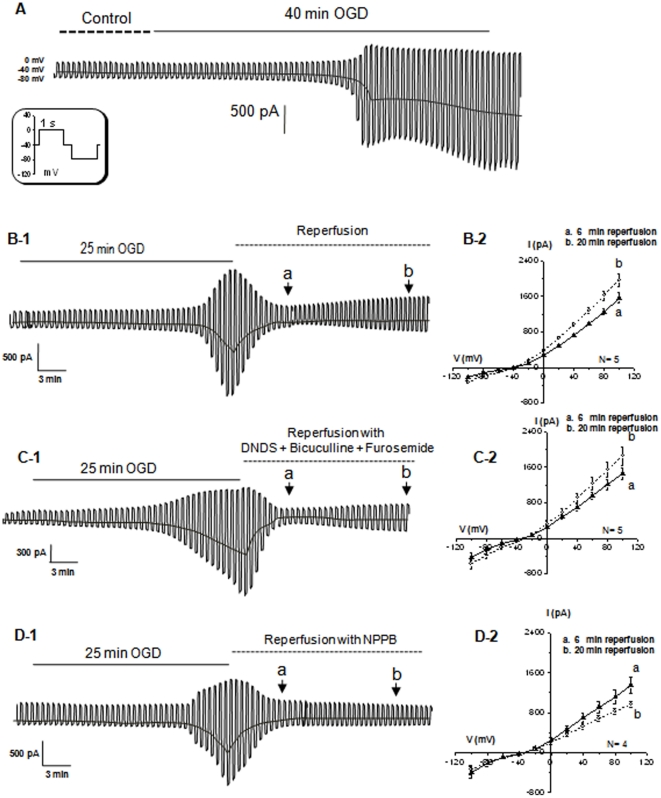Figure 3. The post-OGD VRAC induced from rat hippocampal pyramidal neurons.
A. Shows a neuronal recording during a 40 min of OGD perfusion. The OGD first induced a progressive activation of membrane conductance accompanied by a downward shift in the holding currents, and was then followed by an anoxic depolarization (AD) at 25 min after OGD onset. A 40 min OGD treatment typically resulted in an irreversible change in neuronal electrophysiology. For the recordings shown in B-1, C-1 and D-1, the OGD exposure was shortened to 25 min, where the OGD-induced neuronal electrophysiological changes were readily reversible at ∼6 min after withdrawal of OGD (reperfusion). In the reperfusion stage, the voltage step protocol was delivered at the time points of “a” and “b” to obtain the I-V curves (B2, C-2 and D-2, the voltage step induced current traces are not shown). The presence of a strong outwardly rectifying chloride conductance and a progressive increase of conductance in the reperfusion stage were disclosed by the I-V curves shown B-2, where the I-V curves obtained from 6 min and 20 min post-OGD can be compared. Both of the I-V curves showed a strong outward rectification and reversed at −40 mV. During the time period from 6 min to 20 min, the amplitude of the outward currents at +100 mV increased by 32% (1542±116 pA at “a” vs. 2041±65 at “b”). *: indicates a statistical significance of difference at p<0.05. In the recording of C-1, an inhibitor cocktail for Cl- cotransporter and GABAA, i.e., 200 µM furosemide+400 µM DNDS+20 µM bicuculline, was applied to the reperfusion solution that did not prevent the outgrowing of outward chloride currents (C-2, 1460±126 pA at “a” vs. 1857±207 at “b”, p>0.05). The recording in D-1 showed that 100 µM NPPB not only prevented the outward anion conductance from further growing, but actually inhibited the outward currents to below the control level measured at 6 min in the reperfusion stage (1347±156 pA at “a” vs. 1013±89 at “b”).

